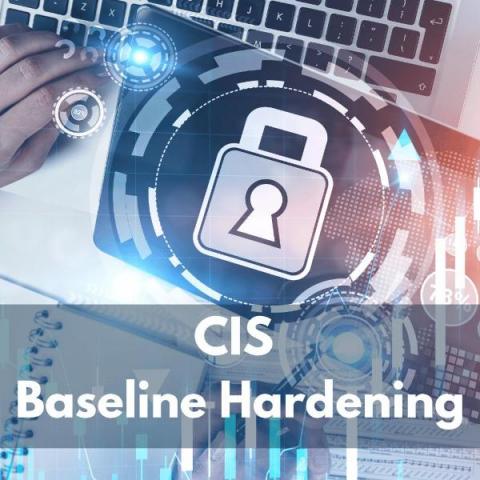The Future of Active Directory Security
Active Directory is the central directory service created by Microsoft which helps manage users, computers, and other resources within a Microsoft Windows network. It is used to track devices, access and passwords of each employee and store in one central vault. The biggest advantage of Active Directory is it allows organizations to customize data organization, manage user accounts, and control access through group policies.










